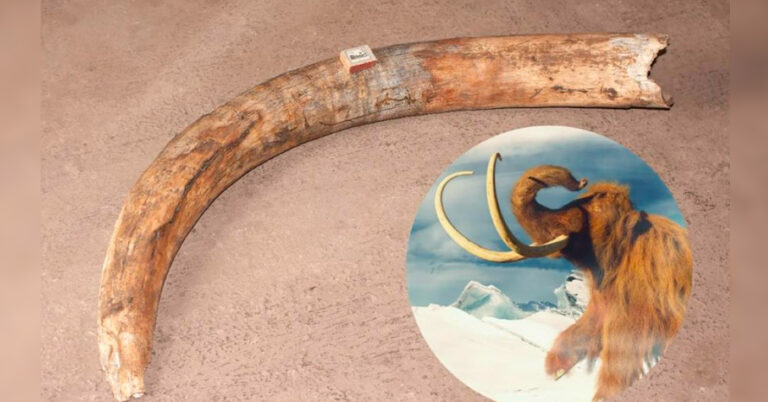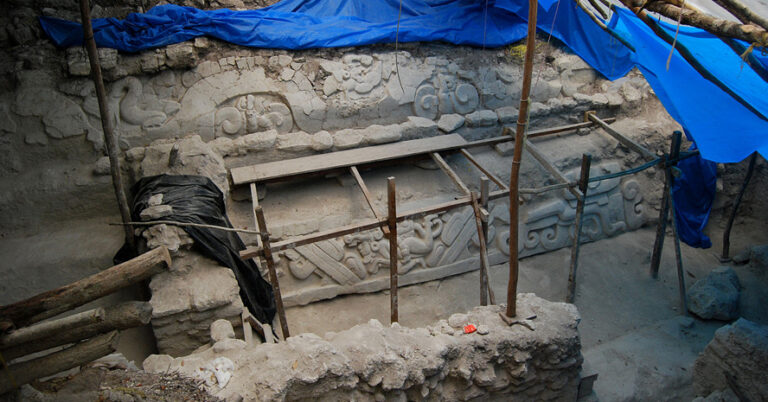The ancient city of Megiddo, a place steeped in biblical history and prophecy, has revealed new archaeological evidence that may confirm the site of a legendary battle. Excavations have uncovered Egyptian pottery fragments that scholars believe belonged to the army of Pharaoh Necho II, the same force that defeated King Josiah of Judah in 609 B.C.
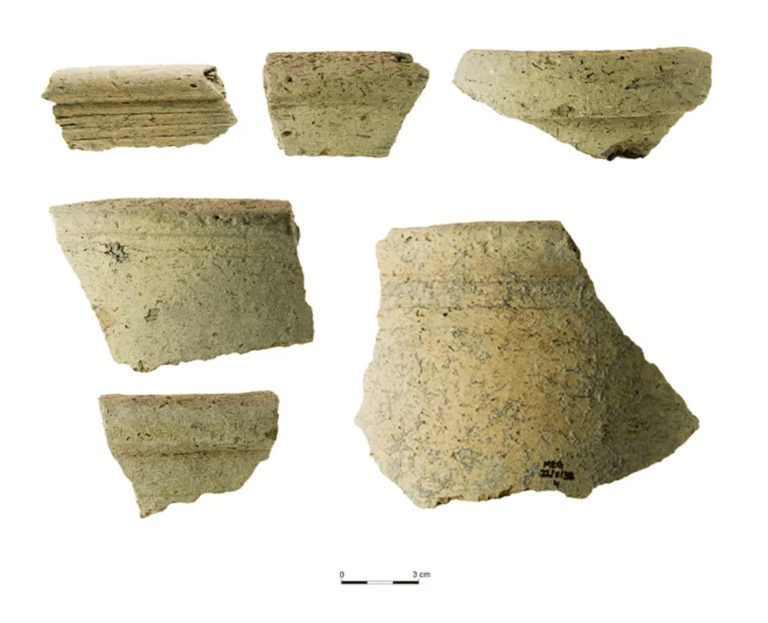
A Battle Lost to History, Now Rediscovered
Megiddo, located in northern Israel, has been a strategic stronghold for thousands of years, with more than 30 layers of settlements spanning from the Copper Age to World War I. But its most famous historical moment comes from the Old Testament, where it was the site of the Battle of Megiddo. According to the Second Book of Kings, Josiah confronted the Egyptian army but was ultimately defeated and killed.
The city also holds eschatological significance, as it is referenced in the Book of Revelation as “Armageddon”—derived from the Hebrew Har Megiddo, meaning “mountain of Megiddo.” The site is prophesied to be the setting for the final battle between the forces of God and the kings of Earth.
While archaeologists cannot confirm its role in any future battle, they now believe they have uncovered evidence supporting its past as a battlefield.
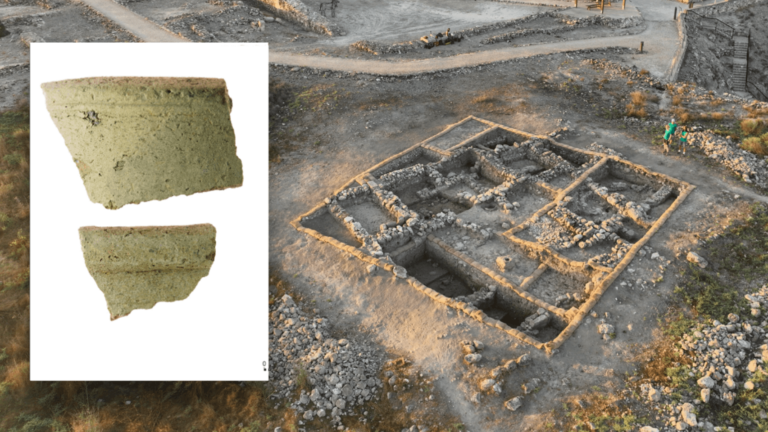
Egyptian Artifacts as Clues to the Battle
Dr. Assaf Kleiman, a senior lecturer at Ben-Gurion University of the Negev, explained that a recent dig at Megiddo unearthed a significant quantity of Egyptian pottery fragments. Dating back to the late 7th century B.C.—precisely when the Battle of Megiddo occurred—these broken vessels provide compelling evidence of an Egyptian military presence at the site.
Rather than being the result of trade, Kleiman believes these artifacts were left behind by the Egyptian troops who occupied Megiddo after their victory. He points to the crude production technique, the functional mixture of the vessels, and the absence of similar artifacts in neighboring settlements as key indicators that these items were used by soldiers rather than imported.
“The discovery of so many Egyptian vessels, including fragments of serving bowls, cooking pots, and storage jars, is an exceptional phenomenon,” Kleiman stated. “It strongly suggests that Egyptians settled in Megiddo in the late 7th century, likely as part of an occupying military force following the collapse of the Assyrian Empire.”
Greek Mercenaries in the Egyptian Army?
Interestingly, Kleiman and his team also found fragments of Greek pottery among the ruins. This suggests that Greek mercenaries may have fought alongside the Egyptians at Megiddo. Historical sources, including the writings of Herodotus and Assyrian records, document the presence of Greek soldiers in the Egyptian army during the 26th Dynasty.
Kleiman noted that biblical prophetic writings may even hint at the role of these Greek mercenaries in Josiah’s downfall, though further analysis is needed to explore this connection.

A Short-Lived Occupation and a Forgotten Past
The Egyptian presence at Megiddo was brief, Kleiman explained, as the settlement was abandoned within a few decades of Josiah’s defeat. The broken pottery and other artifacts left behind were likely discarded as remnants of daily life by the soldiers stationed there.
While non-biblical evidence directly confirming King Josiah’s existence has yet to be found, Kleiman asserted that his historical presence has never been in doubt. “Literacy was more widespread during that time, meaning his reign was most likely documented by scribes who witnessed these events firsthand,” he noted. Additionally, the Babylonian Chronicles provide external documentation of Necho’s campaigns in the Levant, including his later defeat by the Babylonians at Carchemish—corroborating biblical accounts found in Jeremiah and Kings.
New Discoveries About Megiddo’s Lost Tribes
Beyond the battlefield artifacts, Kleiman’s research also sheds light on another historical mystery: the fate of the Ten Lost Tribes of Israel.
It has long been believed that when the Assyrians conquered the northern kingdom of Israel, they exiled its population to Mesopotamia. However, Kleiman’s team found evidence that suggests some Israelites remained in Megiddo even after the Assyrian conquest. Locally crafted cooking pots, produced continuously during the Assyrian period, indicate that elements of the original population coexisted with deportees brought in by the empire.
“This suggests that the social fabric of Megiddo in the Assyrian Era included a significant portion of local populations who were never expelled,” Kleiman explained.
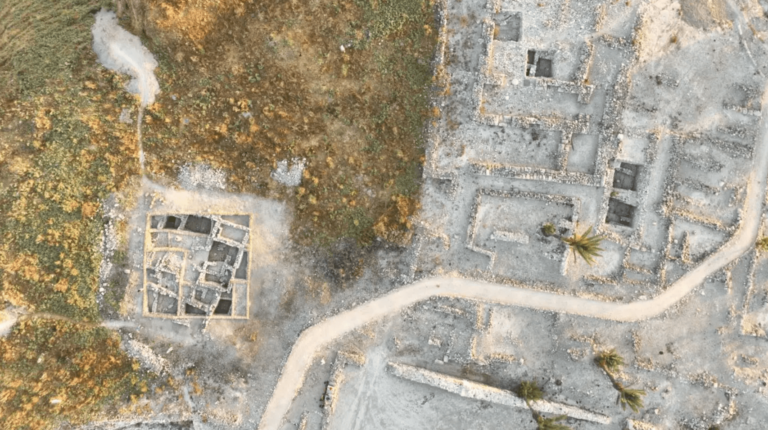
What’s Next for Megiddo?
Archaeologists now plan to delve deeper into Megiddo’s earlier history, particularly its Bronze Age settlements. As research continues, the site may reveal even more about the battles, civilizations, and cultures that once thrived in this biblical land.
With each new discovery, Megiddo solidifies its place as one of the most historically significant locations in the world—both as an ancient battlefield and, perhaps, a future one.



